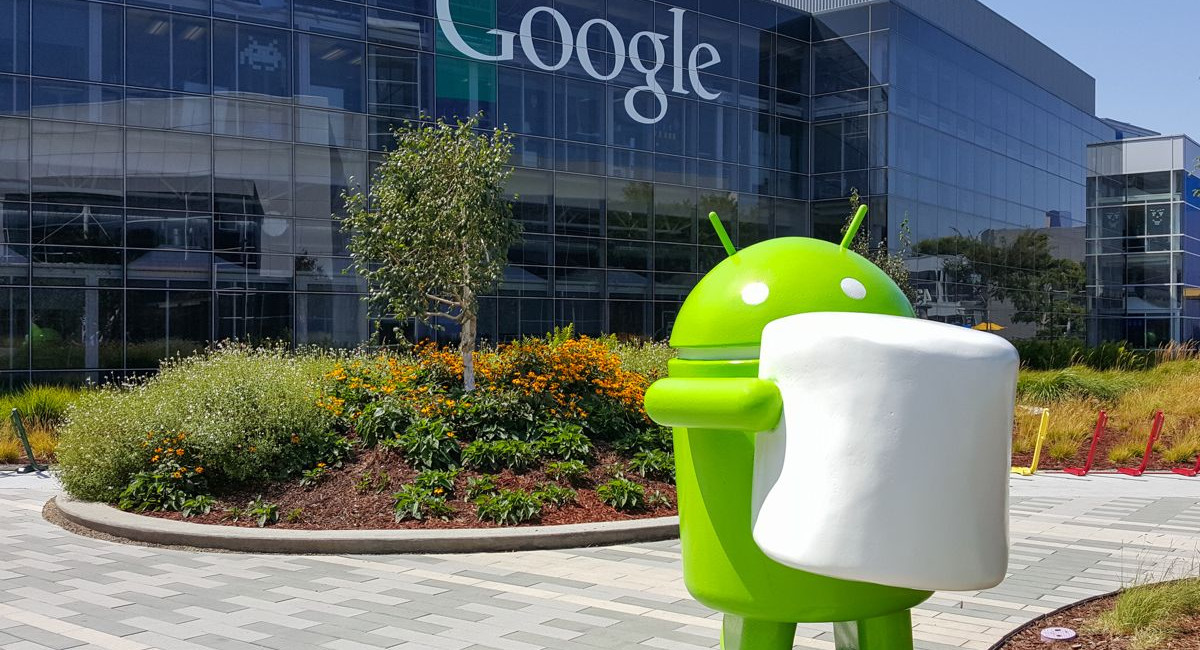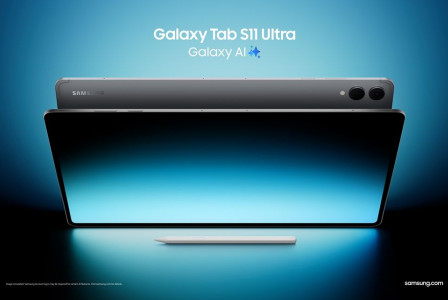SEARCH
Google confims that it's merging Chrome OS and Android

SHARE IT
Google has now officially confirmed what had long been the subject of speculation in the tech world: ChromeOS and Android will be merged into a single operating system. The announcement came from Sameer Samat, President of the Android Ecosystem at Google, during a recent interview. While previous reports had hinted at this strategic integration, this marks the first time the company has publicly acknowledged its intentions.
Samat, speaking candidly about user behavior and the shifting landscape of computing, noted his growing interest in how people are currently using their laptops to get things done. He explained that this curiosity is directly linked to Google's vision for a unified platform, one that merges the lightweight, web-based environment of ChromeOS with the versatility and app-rich nature of Android.
Although not many technical details were shared, the implications are significant. Google’s move toward a combined operating system signals a major realignment in its software strategy—one that seeks to eliminate redundancies, streamline development efforts, and offer a more cohesive user experience across phones, tablets, and laptops.
The idea of merging ChromeOS into Android is not entirely new. Rumors and reports over the past year had suggested that Google was working behind the scenes to phase out ChromeOS as a standalone product, instead folding its key features and capabilities into the Android framework. What adds weight to this development is Android’s growing support for desktop-like features—such as multi-window management, a dedicated desktop mode, and improved performance on larger screens.
These additions have been part of a broader push to enhance Android's usability on tablets and hybrid devices. In fact, the most recent Android 16 update introduced several desktop-oriented enhancements, bringing the mobile operating system closer in functionality to traditional computer environments. This evolution makes the platform far more suitable for productivity tasks, which had historically been a weak point for Android when compared to ChromeOS or even Apple's iPadOS.
Industry insiders have speculated that the merger is also driven by Google's ambition to challenge Apple more directly. With the iPad dominating the high-end tablet market and increasingly replacing laptops for many users, Google appears keen to position Android as a serious productivity tool. A unified OS would not only simplify the user experience but also give developers a single platform to target, thereby enhancing app quality and consistency across devices.
Adding to the intrigue are rumors that Google is developing a new Pixel-branded laptop. If true, this would mark a strategic expansion of the company’s hardware ecosystem and serve as a flagship device for the merged operating system. Such a move would mirror Apple’s approach of tightly integrating hardware and software to deliver a seamless experience.
However, the transition won’t be without challenges. ChromeOS and Android were designed with different use cases in mind. ChromeOS has traditionally been favored in educational and enterprise settings for its simplicity, security, and low hardware requirements, while Android has flourished on smartphones and tablets, driven by a vast app ecosystem. Merging the two means that Google will need to balance the lightweight efficiency of ChromeOS with the flexibility and complexity of Android.
There are also concerns from users and developers alike. Some worry that the merger could lead to increased system requirements, potentially leaving behind older Chromebook models. Others question whether Google will be able to maintain the fast update cycle and security features that ChromeOS is known for within the Android architecture.
Despite these uncertainties, the confirmation from Samat marks a pivotal moment for Google. By consolidating its platforms, the company is betting on a future where devices are no longer neatly categorized as phones, tablets, or laptops, but instead exist along a spectrum of capabilities, all powered by a single, adaptive operating system.
Whether users will embrace this unified experience remains to be seen. But one thing is clear: Google is aiming to simplify and strengthen its software ecosystem, and in doing so, redefine how people work and connect across devices.
MORE NEWS FOR YOU

 Help & Support
Help & Support 

